Tesla says Model 3 is ‘most efficient’ EV … using US EPA data
Tesla claims its Model 3 Standard Range Plus is the most energy efficient electric vehicle currently on the market- at least if you use American EPA data.
The claim is contained in Tesla’s 2020 Impact Report, which has just been published on the electric vehicle maker’s website.
“Tesla cars can convert electricity into power more efficiently than other equivalent EVs,” Tesla claims.
“And as we continue to develop our technology, our vehicles’ efficiency will improve further as well.”
To be fair, that’s a broad statement that could be applied to every other car maker. Efficiency improvements have been applied across all vehicle segments for decades and all brands currently working on EVs – which is pretty much every car brand in the world – are chasing efficiency improvements.
READ MORE: Everything you need to know about the Tesla Model 3 Standard Range Plus
FULL REVIEW: 2021 made-in-China Tesla Model 3 Standard Range Plus
WANT TO DRIVE THE TESLA MODEL 3? Click here
But Tesla believes it currently has an advantage, at least when utilising data from the US Environmental Protection Agency.
“Our Model 3 Standard Range Plus (SR+) is the most energy-efficient vehicle on the market and is an example of how significant such improvements can be.”
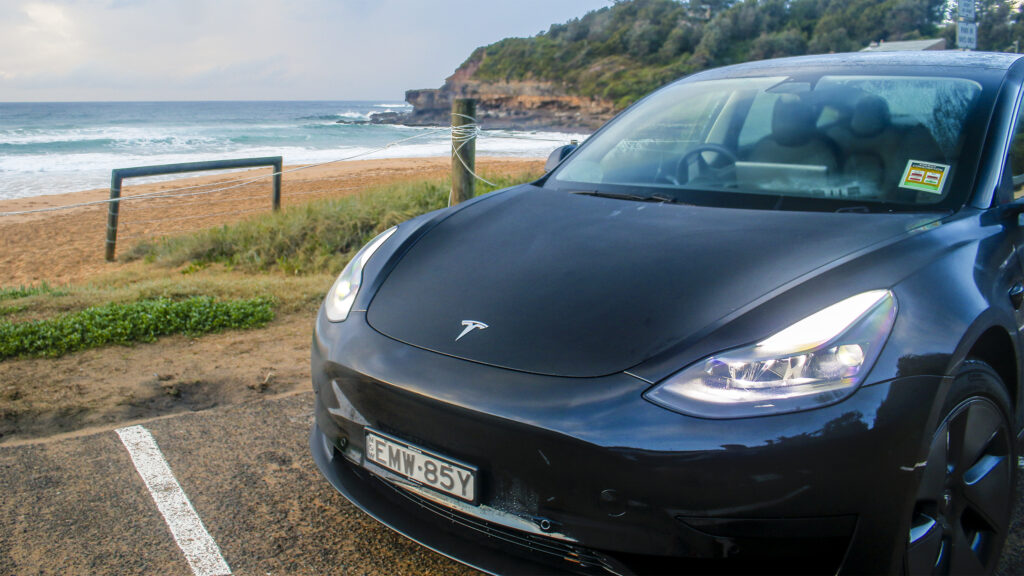
The Model 3 is the most popular EV sold in Australia and the SR+ is the believed to be the most popular model in the three-tiered range, retailing for $59,900 plus on-road costs. You can read our Tesla Model 3 SR+ review here.
Powered by a rear-mounted 239kW electric motor, it has a real-world range about 400km courtesy of a battery pack estimated to have a capacity around 55kWh (Tesla doesn’t say publicly).
It’s a bold claim, although one that can be questioned in Australia, which gets a different version of the Model 3 than those sold in America. There are differences between energy consumption of Model 3s sourced from the United States and Model 3s sourced from China due to different battery chemistries and added weight for the Chinese-made cars.
Crunch the Aussie data and the Model 3 is not the most efficient. The Australian Government’s Green Vehicle Guide – which publishes fuel and electricity usage data based on a standardised test – rates the Model 3 as only the third best efficiency performer overall, behind the Hyundai Ioniq Electric and Hyundai Kona Electric.
The Model 3 SR+’s average electricity consumption is listed as 13.2kWh/100km, whereas the Ioniq Electric is 11.7kWh/100km and the Kona Electric 13.1kWh/100km.

Using the same EPA data, Tesla also says its all-wheel drive Model Y is the most efficient electric SUV on the planet. It is expected on-sale in Australia very late in 2021 or early 2022.
Tesla reported the Model 3 SR+ achieves 5.1 miles/kWh as rated by the EPA in the USA. The Model Y is rated at 4.2 miles/kWh. Early Model S production was rated at 3.1 miles/kWh, demonstrating the improvement Tesla has achieve.
Tesla also boasted about how its all-wheel drive models can provide performance as well as efficiency.
“While achieving the best-in-class energy efficiency, our AWD models can accelerate to 60mph [96km/h] in just 3.7 seconds (4.2s for Model Y) and reach a top speed of 145mph (135mph for Model Y).
“In isolation, high energy efficiency is already difficult to achieve, but getting both performance and efficiency is the tricky part.”
Charts contained in the report showed the Model 3 well ahead of the Polestar 2, BMW i4 M50 and Audi e-Tron Sportback in terms of energy efficiency. Again, the way the Tesla data
It was a similar story for the Model Y when compared to the Volkswagen ID.4, Ford Mustang Mach E, Jaguar iPace, Audi e-Tron and Mercedes-Benz EQC.
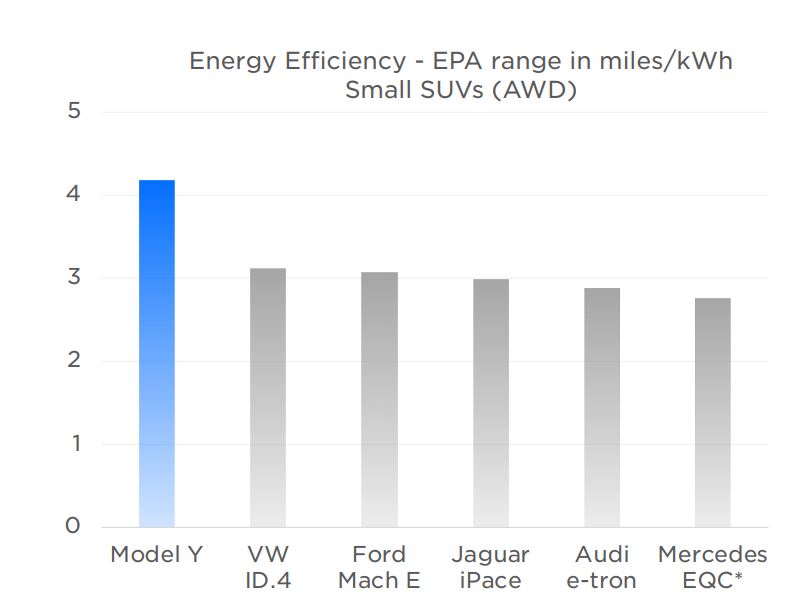
Tesla based its comparative findings on claims published on competitor websites at ev-database.org.
Tesla predicted more efficiency improvements, in part driven by its planned rollout of robotaxis at an as yet unspecified time in the future.
“The energy efficiency of Tesla vehicles will continue to improve over time as we continue to improve our technology and powertrain efficiency,” the report stated.
“It is also reasonable to assume that our high-mileage products, such as our future Tesla Robotaxis, will be designed for maximum energy efficiency as handling, acceleration and top speed become less relevant.
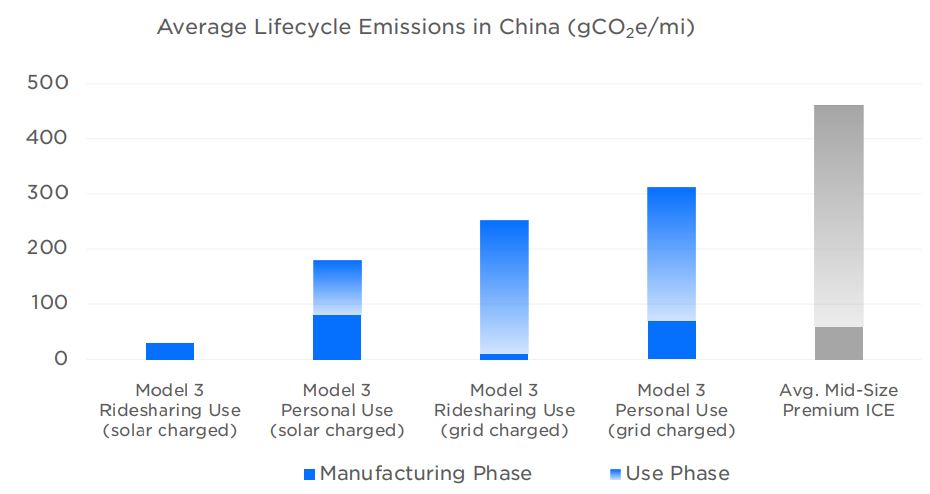
“This will minimise cost for our customers as well as reduce the carbon footprint per mile driven.”
Meanwhile, Tesla also found the Model 3 was less emissions intensive than an ICE vehicle over a 150,000 mile (241,400km) lifecycle even when recharging from a grid predominantly powered by coal.
While the research is based in China, it has obvious implications for Australia when coal is also a substantial source of electricity generation in many states.
However, there are some caveats with the way Tesla has crunched the numbers.
Rather than the EPA data used for its earlier comparison, Tesla reverted to its own data from actual customer usage.
Government energy consumption tests have long been criticised in the world of ICE vehicles and it seems Tesla has some beefs, too.
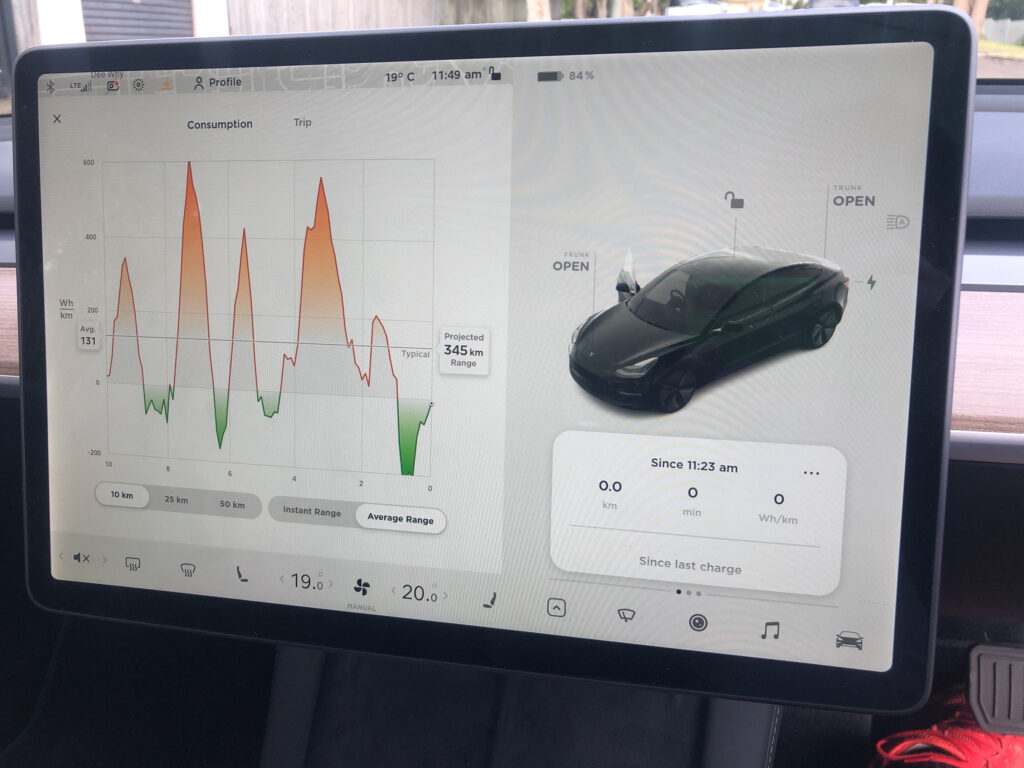
“The most important variable in a lifecycle analysis of an automobile is real-world fuel consumption or electricity consumption, as applicable, which impacts the use phase of the lifecycle,” the company says on page 12 of the 94-page 2020 Impact Report.
“Various efficiency testing cycles such as NEDC [New European Drive Cycle, which forms the basis for Australian fuel figures], WLTP or EPA do not truly represent real-world fuel or energy consumption. Therefore, for the purpose of this analysis, we used average energy consumption over the more than 10 billion miles Tesla Model 3s have travelled as of December 31, 2020, including energy losses during the charging process. For ICE vehicles, we used real-world fuel consumption data provided by Consumer Reports, which reports model year 2020 mid-size premium sedans achieve 24.8 MPG on average.”
In other words, Tesla is using its own data but relying other data sources for rival EVs. It’s hardly an apples-versus-apples comparison, although Tesla does have a point in that the government tests are not always representative of what real drivers experience on real roads.

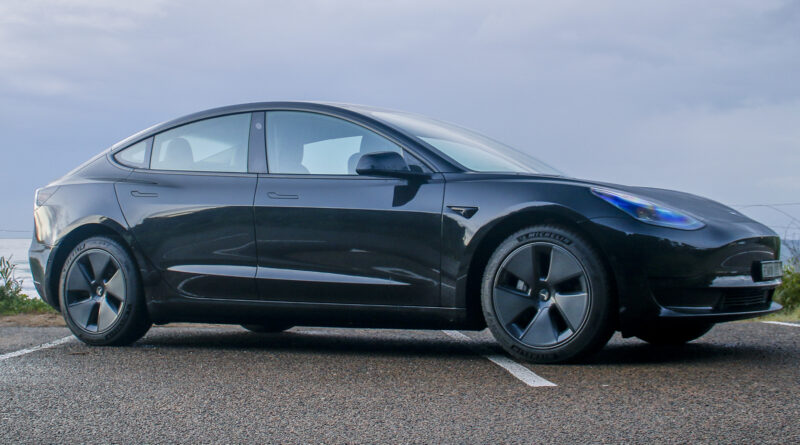
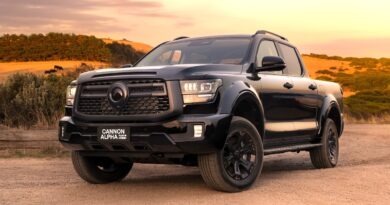
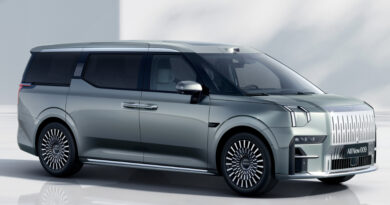

Got to love the poor old EPA – terribly inaccurate.
Another car to add to the list of more efficient cars that can be bought here is the MINI. The EPA somehow managed to get the range as 110miles or 3.8m/kWh. In the real world, it is 12.5kWh/100km (5m/kWh) when driven in sports mode (143miles range) and about 5.5m/kWh (160miles) when driven economically. Luckily we use the WLTP, which for the MINI states 232km (144miles), which is actually spot on for normal driving in sport mode. Surprisingly, the Teslas don’t do as well in WLTP 😉